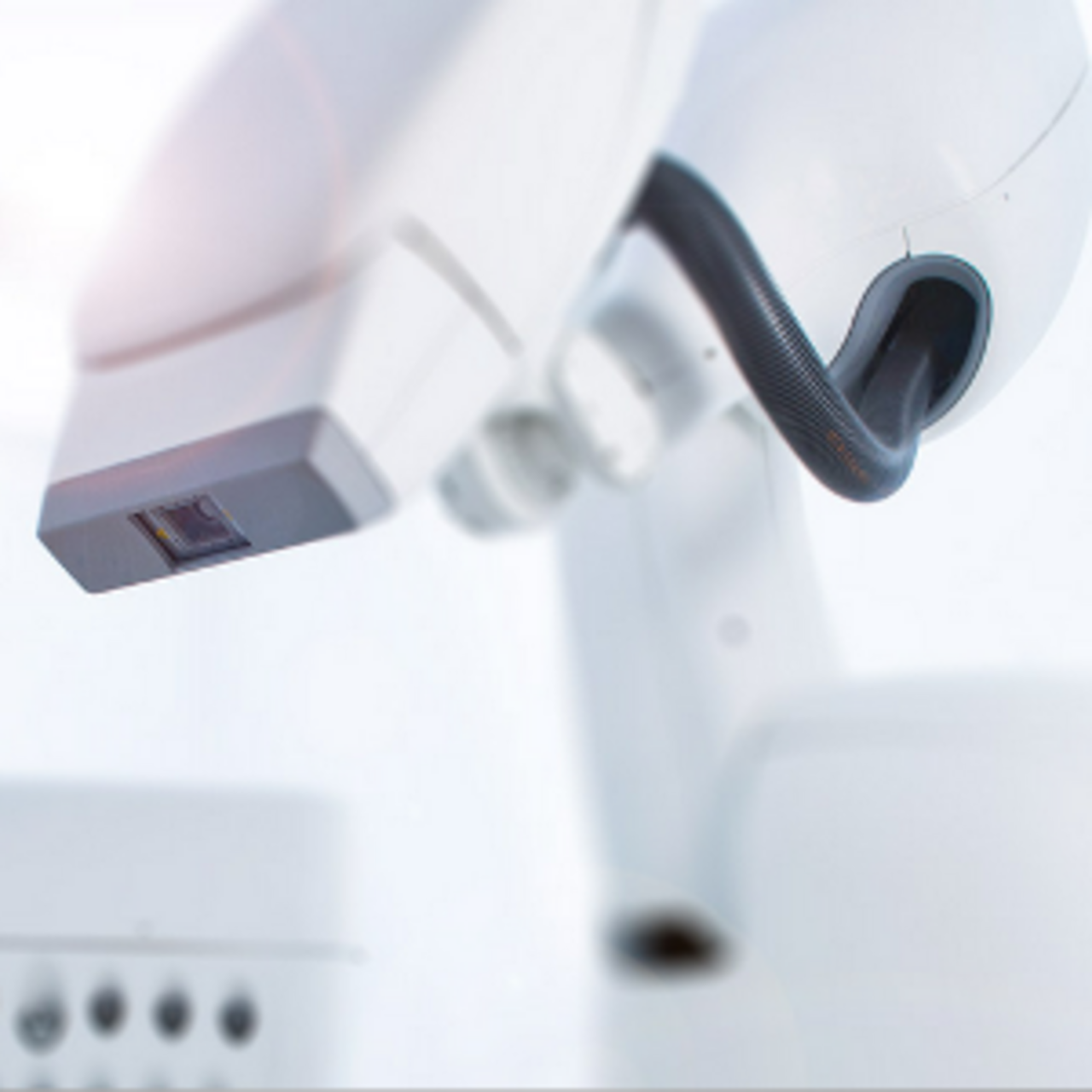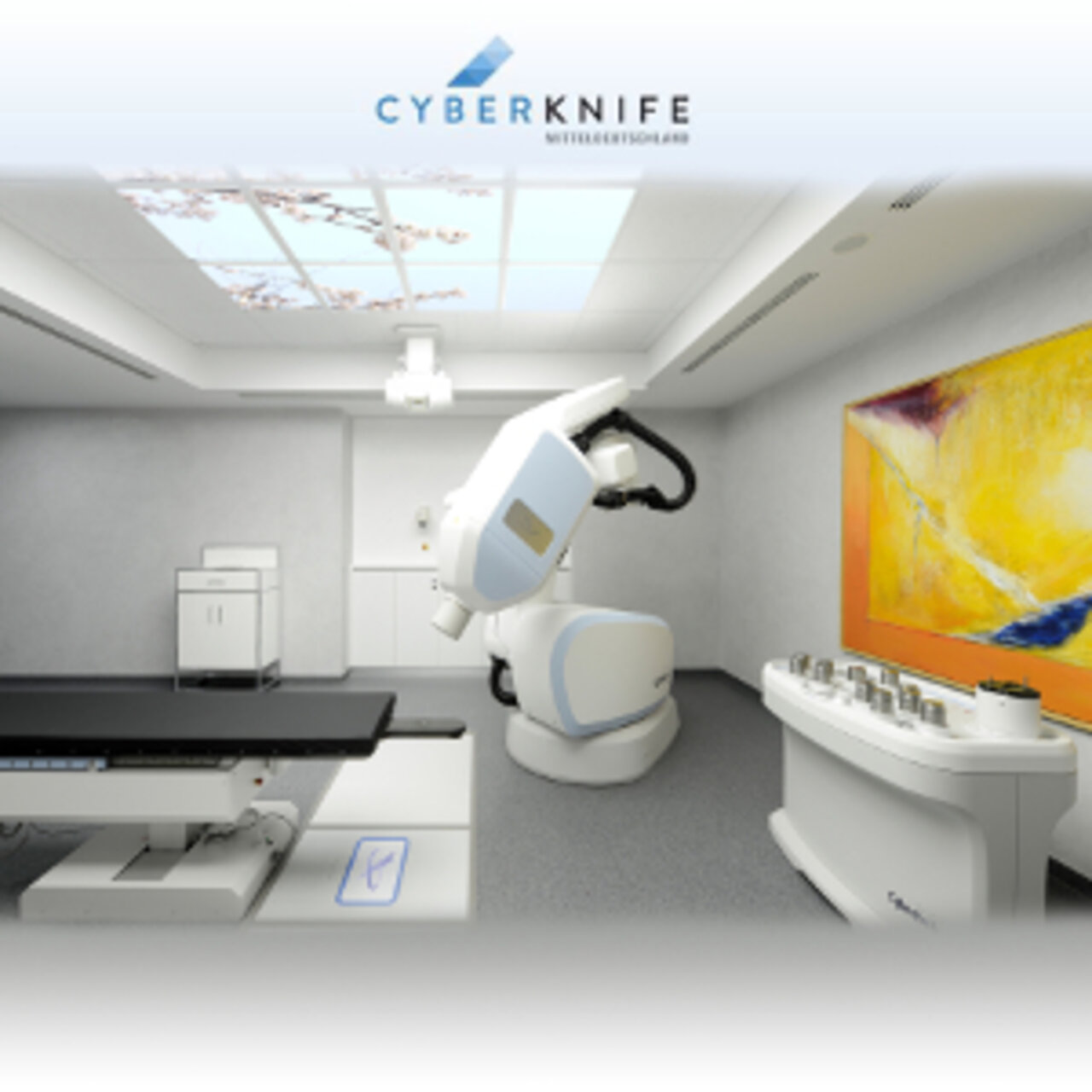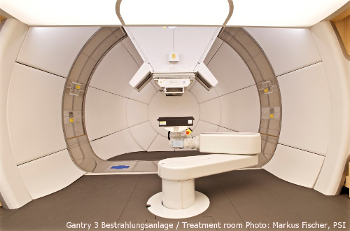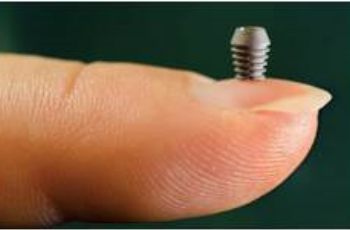Specialists in Pituitary Adenoma
17 Specialists found
Radiological Alliance – Interdisciplinary Center for Radiosurgery
Radiation Therapy / Gamma Knife
Hamburg
Information About the Field of Pituitary Adenoma
What Is a Pituitary Adenoma?
Pituitary adenomas are benign tumors in the head and can be hormone-active or -inactive. They account for about 10-15% of all brain tumors and are the most common in 35- to 45-year-old patients. The pituitary gland is connected to the brain by a thin peduncle and releases important hormones into the bloodstream. It plays a significant role in the body's hormone regulatory cycle. If a pituitary tumor arises from the pituitary gland's anterior lobe (adenohypophysis), it is a pituitary adenoma.
Hormone-Inactive Pituitary Adenoma
Unlike hormone-active ones, hormone-inactive pituitary adenomas (HIA) do not have particular disease symptoms. An endocrinological examination is carried out in the HIA case that has been noticed as an incidental finding during imaging without specific symptoms. After that, it is waited for an annual MRI check-up until the adenoma's apparent growth can be detected. Therapy is only necessary from a specific size or a certain growth rate.
Other Pituitary Tumors
Hormone-active tumors are differentiated in the hypophysis based on their hormone:
- Prolactinoma: Prolactin
- Growth hormone-producing pituitary tumor: called human growth hormone or somatotropin
- ACTH-producing pituitary tumor: adrenocorticotropic hormone
Symptoms of a Pituitary Adenoma
The symptoms caused by a pituitary adenoma or other pituitary tumor depend, among other factors, on the types of hormones involved. The tumor, like all brain tumors, may become noticeable by growing and displacing neighboring tissue. For example, the tumor may press on the optic nerve's junction (optic chiasm), causing characteristic visual loss.
Depending on which and whether the tumor produces hormones, other symptoms may also occur, as hormonal regulation is disturbed and under-or over-functioning endocrine organs. However, a tumor forming in the pituitary gland can also proceed without any symptoms at all. Many of these tumors remain undetected throughout life or are discovered only as an incidental finding.
How Are Pituitary Tumors Diagnosed?
If a pituitary tumor is suspected, imaging procedures are always required for diagnosis. Magnetic resonance imaging (MRI) is particularly suitable for imaging structures in the head. A blood examination is carried out to distinguish between a hormone-active and hormone-inactive tumor if a pituitary tumor is detected. A further distinction can be made between hormone-active tumors depending on which hormone is produced.
Therapy for Pituitary Adenoma
Surgical therapy is the treatment of choice.
In the case of a pituitary adenoma, the therapy - except in prolactinoma - consists of surgically removing the tumor. The triggered central disturbances are always an indication of urgency for surgery. Because of the pituitary gland's favorable location, the pituitary tumor can be removed through an approach via the nose. Complete removal is considered, but unfortunately not always possible. If a residual tumor remains after surgery, it is advisable to monitor it by regular MRI examinations and check-ups of hormone levels. Besides, patients must expect that surgery may be necessary again.
Medications for Prolactinoma
Hormone-active prolactinoma is a particular case in therapy. Small prolactinomas do not require surgical removal because they do not cause any symptoms other than hormone production, and they hardly grow. Drugs to inhibit prolactin release from the anterior pituitary gland and reduce the size of the adenoma are used for treatment. If the drugs are not tolerated or the tumor is too large, the therapy can surgically remove the pituitary tumor.
Radiation in Case of Recurrence or Tumor Residuals
Proton therapy can also be a treatment option. Interdisciplinary teams decide whether proton therapy can be used before, after, or as an alternative to surgery.
Pituitary adenoma irradiation by radiosurgery is used when the tumor could not be entirely removed by surgery or recurrence occurs.
The Prognosis for Pituitary Adenoma
Generally, a pituitary tumor does not take an immediately life-threatening course. Pituitary adenoma grows slowly and does not spread to other tissues. After surgical removal, regular check-ups should take place. In the case of a tumor recurrence, new surgery or radiation of the tumor may become necessary. If the check-ups remain negative for years, a cure can be assumed. After removing a pituitary tumor, the organ often becomes hypofunctional, resulting in hormone deficiency, then it becomes necessary to take hormones with medication.
Which Doctors and Clinics Are Specialized in Pituitary Adenoma?
Every patient who needs a doctor wants the best medical care. Therefore, the patient is wondering where to find the best clinic for pituitary adenoma. As this question cannot be answered objectively, and a reliable doctor would never claim to be the best one, we can only rely on the doctor’s experience.
Pituitary adenoma specialists may belong to different medical disciplines. Specialists carry out drug therapy in endocrinology. Specialists for pituitary surgery are specialists in neurosurgery.
We will help you find an expert for your condition. All listed doctors and clinics have been reviewed by us for their outstanding specialization in pituitary adenoma and are awaiting your inquiry or request for treatment.
Sources:
- Rabe et al.: Prolaktin und Hyperprolaktinämie - Stellungnahme der Deutschen Gesellschaft für Gynäkologische Endokrinologie und Fortpflanzungsmedizin (DGGEF) e.V. In: Journal für Reproduktionsmedizin und Endokrinologie. Band 10, Nummer 2, S. 107–108.
- Herold et al.: Innere Medizin. Eigenverlag 2012, ISBN 978-3-981-46602-7.
- Dietel et al.: Harrisons Innere Medizin (2 Bände). 16. Auflage. ABW Wissenschaftsverlagsgesellschaft 2005, ISBN 978-3-936-07229-7.
- Pfäffle, Holl: S1-Leitlinie Panhypopituitarismus. Deutsche Gesellschaft für Kinder- und Jugendmedizin (DGKJ). Stand Januar 2011. Abgerufen am 28.06.2017.
- Kim: Diagnosis and Treatment of Hypopituitarism. In: Endocrinology and Metabolism. 2015, doi: 10.3803/EnM.2015.30.4.443.
- Petersenn et al.: Sinnvolle Hypophysenstimulationstests. In: Deutsches Ärzteblatt. 2010, doi: 10.3238/arztebl.2010.0437.
- Ergin et al.: The Cleveland Clinic Manual of Dynamic Endocrine Testing. Springer 2015, ISBN 978-3-319-13048-4.
- Schäffler et al.: Funktionsdiagnostik in Endokrinologie, Diabetologie und Stoffwechsel. Springer 2013, ISBN 978-3-642-29690-1.
- Lehnert: Rationelle Diagnostik und Therapie in Endokrinologie, Diabetologie und Stoffwechsel. Thieme 2010, ISBN 978-3-131-29553-8.
- Hartman et al.: Which Patients Do Not Require a GH Stimulation Test for the Diagnosis of Adult GH Deficiency?. In: The Journal of Clinical Endocrinology & Metabolism. 2002, doi: 10.1210/jcem.87.2.8216.
- cyberknife-mitteldeutschland.de/sites/default/files/veroeffentlichungen/pdf/glandula-47.pdf
Medical Articles
Your benefits
If you have found a matching specialist, you can contact him/her directly and upload records if needed. And in case you need treatment, you can…
We will direct your request to the appropriate specialists
We are happy to assist you in choosing a specialist for your needs. The service of PRIMO MEDICO is always free, confidential and discreet for…
The treatment of scoliosis in transition - When is surgery necessary?
Scoliosis is a lateral deviation of the spine. This usually involves torsion of the individual trunk sections as well as a change in the side…
Specialists' Second Opition
Many people suffer from shoulder pain or hip problems. In this case, doctors quickly recommend surgical intervention. But is this really always…
High-tech against cancer: new treatment facility put into operation
At the Paul Scherrer Institute in Switzerland a new state-of-the art treatment facility, the so-called Gantry 3, has been put into operation.
Implants: "The Longer, the Better" Has Had Its Days
Ultra-short implants have a significantly better durability than expected by experts - with lower costs, treatment times, and complications.
Modern Prostheses for Natural Walking
The ankle joint is particularly susceptible to degeneration such as osteoarthritis. It has to bear the greatest weight of all joints in the body.




















![[Translate to English:] Zweitmeinung von Spezialisten [Translate to English:] Zweitmeinung von Spezialisten](/fileadmin/user_upload/Zweitmeinung-von-Spezialisten_350px.jpeg)


